Uncategorized
-
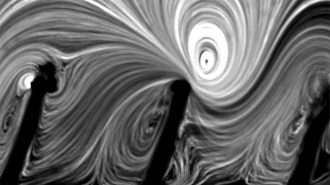 Health & Medicine
Health & MedicineLining medical stents with hairlike fuzz could fend off infections
Implanted tubes that transport bodily fluids can get gross. A lab prototype suggests a new vibration-based way to keep them clean and prevent infection.
-
 Physics
PhysicsPhysicists explain how cheese rosettes form
Rosettes made by scraping Tête de Moine, or “monk’s head,” cheese result from variations in the friction between the blade and the cheese.
-
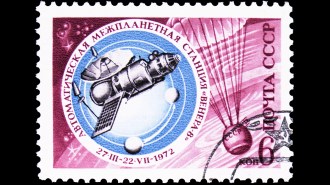 Space
SpaceA Soviet spacecraft has returned to Earth
Kosmos 482 launched for Venus in 1972 but never left Earth orbit. The spacecraft finally lost enough energy that it couldn't fight gravity anymore.
-
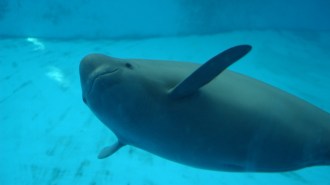 Animals
AnimalsAncient poems document the decline of the Yangtze finless porpoise
The porpoise is critically endangered. Ancient Chinese poems reveal the animal’s range has dropped about 65 percent over the past 1,400 years.
-
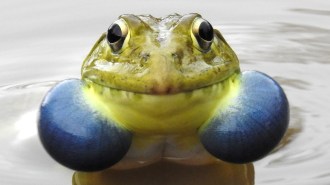 Animals
AnimalsFrog ribbits erupt via an extravagant variety of vocal sacs
Shape matters as well as size in the great range of male frog show-off equipment for competitive seductive serenades.
By Susan Milius -
 Astronomy
AstronomyA gas cloud 5,500 times as massive as the sun lurks nearby
At 300 light-years away, the interstellar cloud is the closest of its kind ever found to Earth and the largest apparent single structure in the sky.
-
 Climate
ClimateLosing a key U.S. climate report would hurt future disaster prep
A scientist who worked on the National Climate Assessment explains how stopping work on it may make us more vulnerable to extreme weather disasters.
-
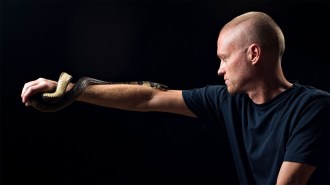 Health & Medicine
Health & MedicineA man let snakes bite him 202 times. His blood helped create a new antivenom
A new antivenom relies on antibodies from the blood of Tim Friede, who immunized himself against snakebites by injecting increasing doses of venom into his body.
By Meghan Rosen -
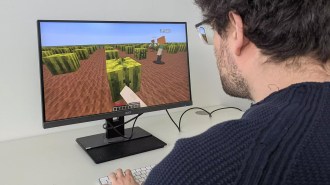 Psychology
PsychologyPlaying this Minecraft game hints at how we learn in real life
A tailor-made version of Minecraft let researchers look at the success of learning individually or taking cues from others while foraging for fruit.
-
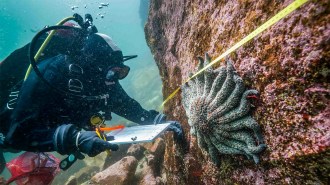 Animals
AnimalsCool water could protect sea stars from a mysterious disease
Sunflower sea stars discovered taking refuge in fjords may offer clues to saving the critically endangered species from sea star wasting disease.
-
 Chemistry
ChemistryScientists home in on alternatives to ‘forever chemicals’
Bulky molecules mimic some properties of PFAS without their long-lasting chemical bonds and could replace PFAS in some water-repelling applications.
By Skyler Ware -
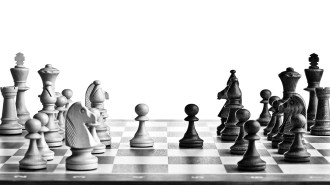 Psychology
PsychologyChess players rely on familiar moves even when the game changes
In chess as in life, people use memory as a shortcut for decision-making. That strategy can backfire when the present doesn’t resemblance the past.
By Sujata Gupta